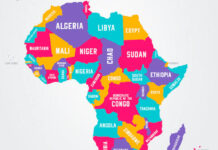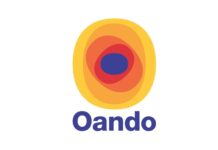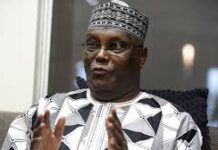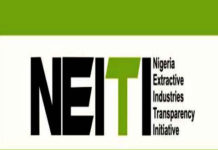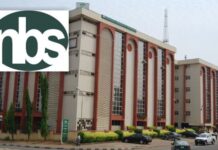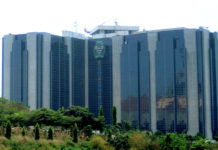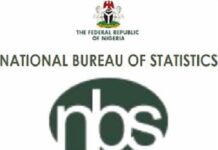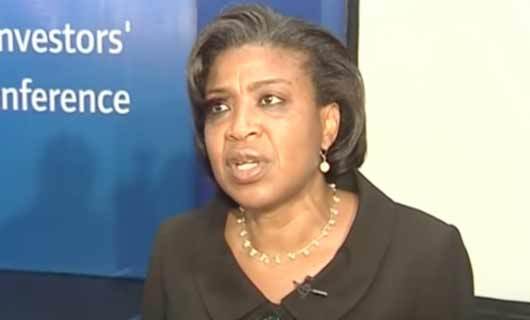
DMO Raises N1.9trn From Bonds In Eight Months
As the debate over borrowings and Nigeria’s debt stock continues, analysts at FBNQuest Research, an arm of the First Bank Group, are presenting a line of argument indicating that the debt stock is still manageable at the backdrop of fiscal funding pressures which they said had made the Debt Management Office, DMO, to raise about N1.9 trillion from bonds as at August 2021.
But their position appears hinged only on the arbitrary decision of the Federal Government to raise the nation’s debt ceiling to 40% from 25% earlier this year.
This decision was basically to enable securitization of the Central Bank of Nigeria’s (CBN) Ways and Means funding which has been estimated at about N12 trillion currently.
The FBNQuest analysts stated: ‘‘We saw in the FGN’s investor presentation on Friday for the current Eurobond issue that its domestic debt totalled N17.63trillion (USD42.8billion at the I&E/NAFEX rate) at end-June, equivalent to 10.9% of 12months GDP to second quarter 2021, Q2 ’21.
The burden increased by N1.12trillion in three months including N780billion for the stock of FGN bonds and N390billion for Treasury Bills.
The issuance of bonds has soared as the Debt Management Office, DMO, chases its domestic funding target of N2.34trillion for the full year.
In eight months DMO has collected N1.91trillion from the auction of bonds including non-competitive bids from public agencies, and small amounts from other debt instruments.
Read Also:
It would seem therefore well placed to meet its target although we await clarification on the funding arrangements for the N1.0trillion supplementary budget.
FGN bonds and the Nigerian Treasury Bills, NTBs, together comprise 92% of the entire debt stock. With the exception of the Sukuk, the DMO’s record in launching new debt instruments has been mediocre.
The investor presentation puts public debt at 21.6% of GDP in 2020. This measure covers the debt of the FGN and state governments, both domestic and external. The ratio compares very favourably with African peers, for which the data in the presentation is drawn from the IMF’s World Economic Outlook and may not be strictly comparable: 127.1% for Angola, 78.0% for Ghana and 68.7% for Kenya.
Nigeria’s ratio will, of course, rise quite sharply in the DMO’s report for third quarter 2021, Q3’21, to reflect the Eurobond issuance.
The contribution of state governments other than an issuance programme by Lagos State, is unlikely to change much since the subnationals are under acute fiscal pressure and will struggle to find willing lenders.
The ceiling for public debt has been raised by the DMO from 25% to 40% of GDP. This leaves ample headroom for the proposed securitization of the FGN’s Ways and Means advances from the CBN, estimated last year at N10trillion but rising, and other new borrowings.
The DMO’s revised strategy for 2020-2023 also brings a new ceiling for sovereign guarantees of 5% of GDP. This is an area the FGN wants to develop for infrastructure financing.
If we broaden the measure of public debt to cover the bonds issued by AMCON (all held by the CBN) and the obligations of public agencies such as the NNPC, the burden would increase to no more than 30% of GDP.
The weak points of the Nigerian debt story are the debt service/FGN revenue ratio and the developmental impact of borrowed funds.

